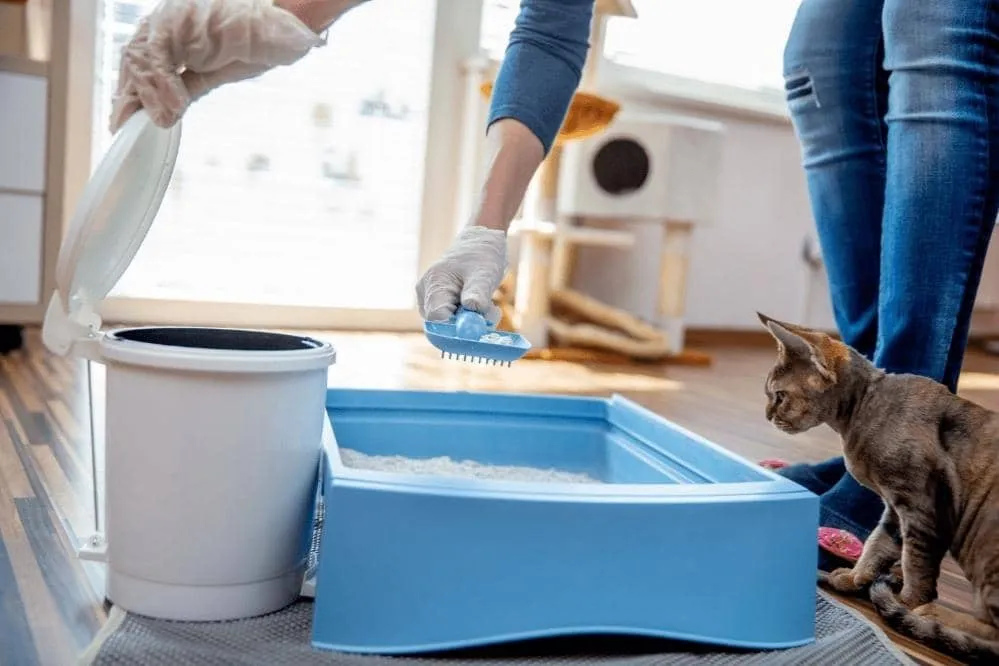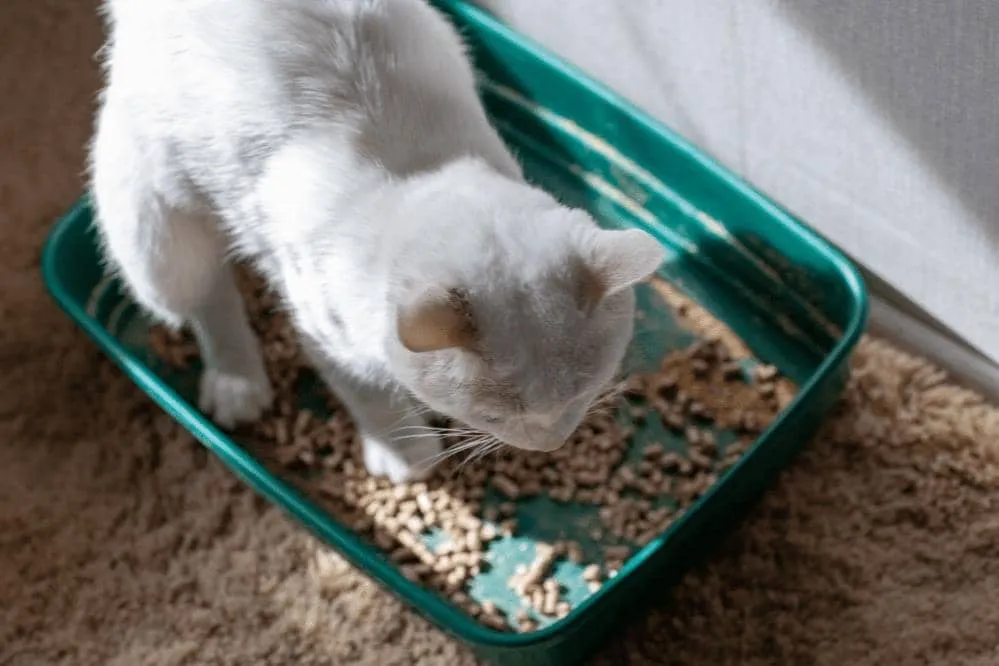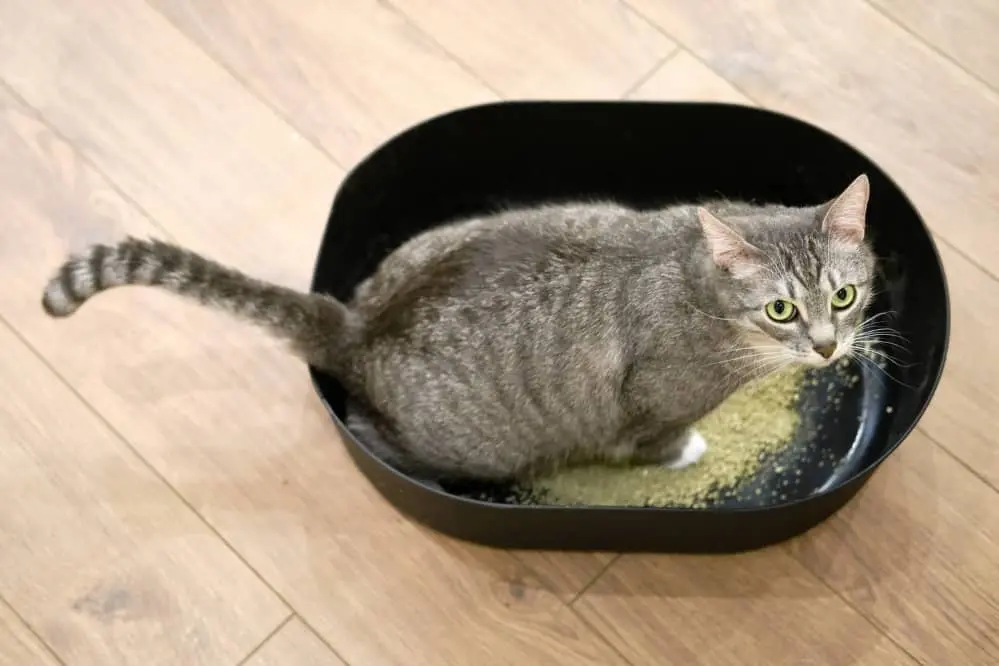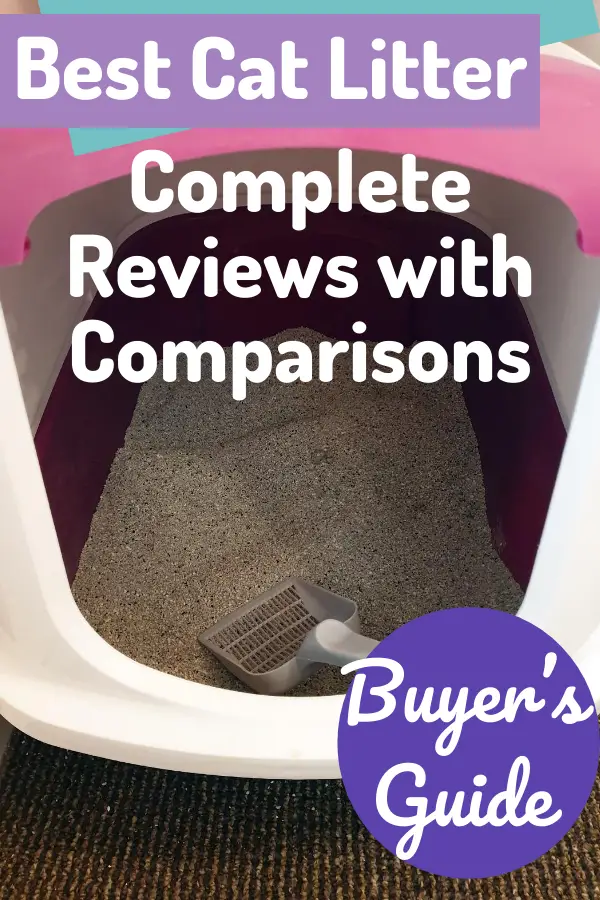5 Best Ways to Dispose of Cat Litter

It can generally go without saying that nobody really appreciates having to deal with cat litter. However, it is one of the responsibilities that comes with owning a pet. If you are planning on taking care of a cat, it is a commitment that you are going to have to stick to. Just as you have to take dogs out on a regular basis and you have to make sure that small rodents have their cages cleaned out often, it is crucial for you to keep your cat’s litter box clean. Even if you are adamant about scooping the litter on a daily basis, it is usually recommended that you change out the cat’s litter on a weekly or bi-weekly basis. You may not know what to do with a heavy bag of soiled cat litter, but thankfully, there are a few different ways that you can dispose of the litter, depending on the type of litter you are working with and where you are.
Option One: Throwing it Out
The most straightforward method to dispose of cat litter is going to be to simply dump it all into a garbage bag and throw it out. Depending on the size of the litter box, it may be a bit troublesome at first, but this is the method that many people rely on and it has worked for millions. All you really need to get the job done is going to be a trash can with a trash bag in it. You can also consider using an additional trash bag to bag up the used litter so that it will not smell as bad, but this is optional. One thing to consider is that if you use a heavier type of cat litter, you will want to invest in heavy-duty trash bags so that you don’t run into a catastrophe of spilled cat litter.
There are a few things to note about this method, even though it is one of the easiest methods out there. For one, if you dump the cat litter into a relatively empty garbage can in the kitchen, that garbage can is going to begin smelling horrendous in a few short days. You will want to consider separately bagging the cat litter to try and block some of that smell, or if you have a garbage collection service, you can throw the litter into the outdoor trash can. Most people will settle for simply bagging the litter before throwing it out, as this can also help to ensure that the smell is contained and that if you accidentally drop anything into the trash can that you want to keep, that object isn’t going to touch soiled litter.
Option Two: Turning it Into Compost
This method is, by far, going to be the best way to dispose cat litter. Not only will it get the litter out of your house, but it will also ensure that you are finding some benefit out of something that would simply be wasted. In fact, cat litter, depending on the type of litter you are using, is almost exactly what plants want in terms of compost. It is somewhat similar to manure from the content of the litter, and paper litters tend to be biodegradable, so it won’t leave a lasting impression on your garden. This is the optimal way to handle cat litter disposal, but it also comes with the most caveats, as you don’t want to accidentally feed your plants something that they cannot absorb.
With this method, you would simply just toss the litter into the compost bin as you would do with any other type of composting material. You can only do this with a compost compatible litter though. Some litters, such as those that are clay-based and silica crystal-based, are not going to be compatible with composting and should be disposed of in another method. Compostable cat litters include ones that are made from wheat, corn, wood, and similar organic materials that will eventually break down as your plants absorb the nutrients.
Option Three: Flushing the Cat Litter
Some people are already a step closer to flushing their cat litter than others, as more and more people have taken up the practice of simply scooping out cat feces and flushing that down the toilet, rather than throwing it out. After all, all feces is the same and can go down the drain without a problem. With that being said, what about your cat’s litter? Unfortunately, there are more problems that can come with this solution. Just as not all cat litters are going to be naturally compostable, not all cat litters are going to be safe for your plumbing to handle. Only a select few types of litters can be safely flushed down the toilet, and with some degree of caution because you don’t want to clog the pipes either.
There are some aspects to note about this. For one, if you live in an area that is coastal, or in a place that is close to your community’s major waterways, then you shouldn’t flush your cat litter at all, even if it is plumbing-friendly. There is the chance that cat feces may contain a naturally occurring bacteria that is known as toxoplasma gondii, which causes toxoplasmosis. People will usually only get sick if that bacteria finds a way into the body (such as through ingestion), so while you might be fine at home, there’s a chance that flushed cat litter will contaminate the water supply. It is not worth this risk.
Aside from that, you can safely flush cat litter that is made from wheat and corn, as both of these litters are almost completely biodegradable. Remember to only flush a few clumps of the litter at a time to avoid clogging the drain. You can also flush pine litters, which are often toted as being very eco-friendly and break down easily.
Option Four: Disposing of the Litter in Biodegradable Bags
One of the concerns that you might have about disposing of the litter in the garbage can is because most garbage bags do not degrade over time and are not naturally biodegradable. This means that the soiled cat litter is left to fester inside the bag, until that bag eventually breaks and the festered litter is released. Nobody wants this to happen. Something that you may want to consider when looking into ways to dispose of cat litter is that you can use biodegradable bags to put the litter into. These bags might be more of an investment at first, depending on the type you get or if you settle for basic paper bags, but that investment will be a good tradeoff for the benefit to the environment that the biodegradable bags will bring.
Option Five: Leave it Outside
The fifth and final option to consider is going to be the option of simply dumping the litter someplace in your backyard and letting it naturally absorb into the ground as nature makes its use of it. This should only be done for litters that are biodegradable though, as leaving out clay and silica litters may end up just causing an unsightly pile that won’t go away on its own. This method should only be done if your yard is large enough to do this without needing to stare at the litter pile on a daily basis. Naturally, this should also only be done if your property isn’t shared by other people who would find this practice problematic.



